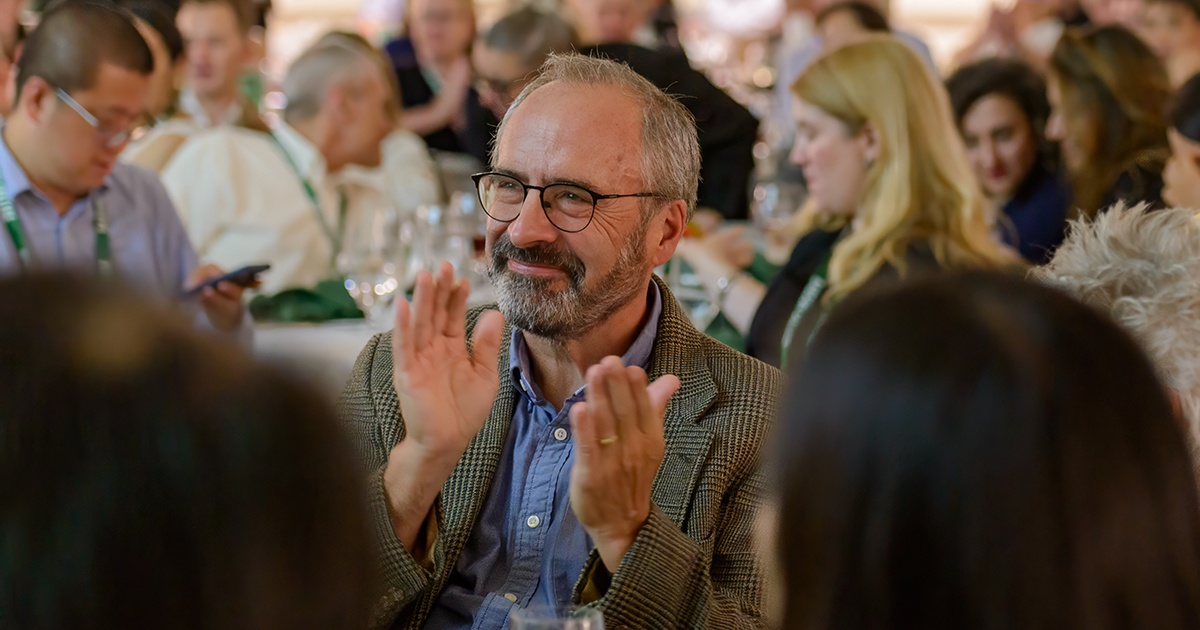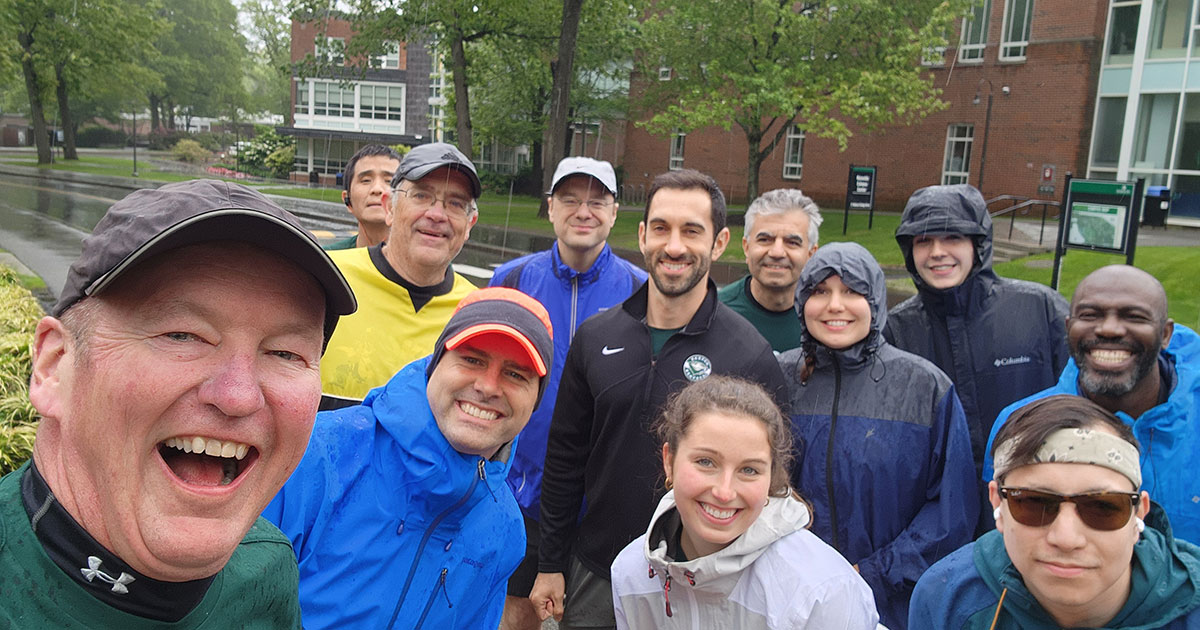What Is Influencer Marketing? An Industry on the Rise

$15 billion. It’s the estimated worth of the influencer marketing industry come 2022. If that seems like a lot, it will appear even more extreme when you consider the same industry was worth ‘just’ $8 billion in 2019.
But, what is influencer marketing?
If you follow brands like McDonald’s and Dunkin’, you’ve likely got a good taste for its modern day use-case. Earlier this month, McDonald’s partnered with artist Travis Scott and Dunkin’ with Tik Tok star Charli D’Amelio to create a signature meal and drink named after the two pop-culture icons.
Associate Professor of Marketing Anjali Bal says these contracts and product placements, no matter how simple they are, can build a connection between company and customer in ways not otherwise possible.
What Is Influencer Marketing?
Bal defines influencer marketing as a type of social media marketing that uses endorsements made by people, organizations, and/or groups seen as influential or experts in a particular area.
“The nature of influencer marketing is that consumers tend to trust information coming from influencers more than traditional marketing and advertisements,” Bal says. “It can also be seen as a modern form of a celebrity endorsement.”
These real-time product placements and demonstrations, most frequently used in conjunction with Instagram, have unsurprisingly correlated with the rise of social media.
“Because of the changes to how we view content, marketing had to adjust,” Bal says, mentioning how streaming services, which have largely replaced cable among younger generations, typically do not advertise in the middle of production. “We are seeing Millennials and Generation Z move to social media as their primary source for information. Companies that want to be relevant to these target markets need to show their products and services where their consumers are.”
Examples of Influencer Marketing, and How Followings Are Built
According to Bal, influencers like Kylie Jenner, Cristiano Ronaldo, and Selena Gomez successfully market products to their audiences through their likability, memorability, adaptability, and meaningfulness.
These soft advertisements include everything from serums, to cologne, to ice cream.
“When the consumer is soliciting information themselves, they are more likely to be influenced by it.”
Anajli Bal, Associate Professor of Marketing
“If the individual is likable, they get people in the door,” Bal said. “But, all of these things work together to both build and then maintain a following.
“When the consumer is soliciting information themselves, they are more likely to be influenced by it,” she added. “A traditional ad can be seen as interrupting what I really want to do, whereas the influencer product placement is often seen as less aggressive.”
Posted in Insights







